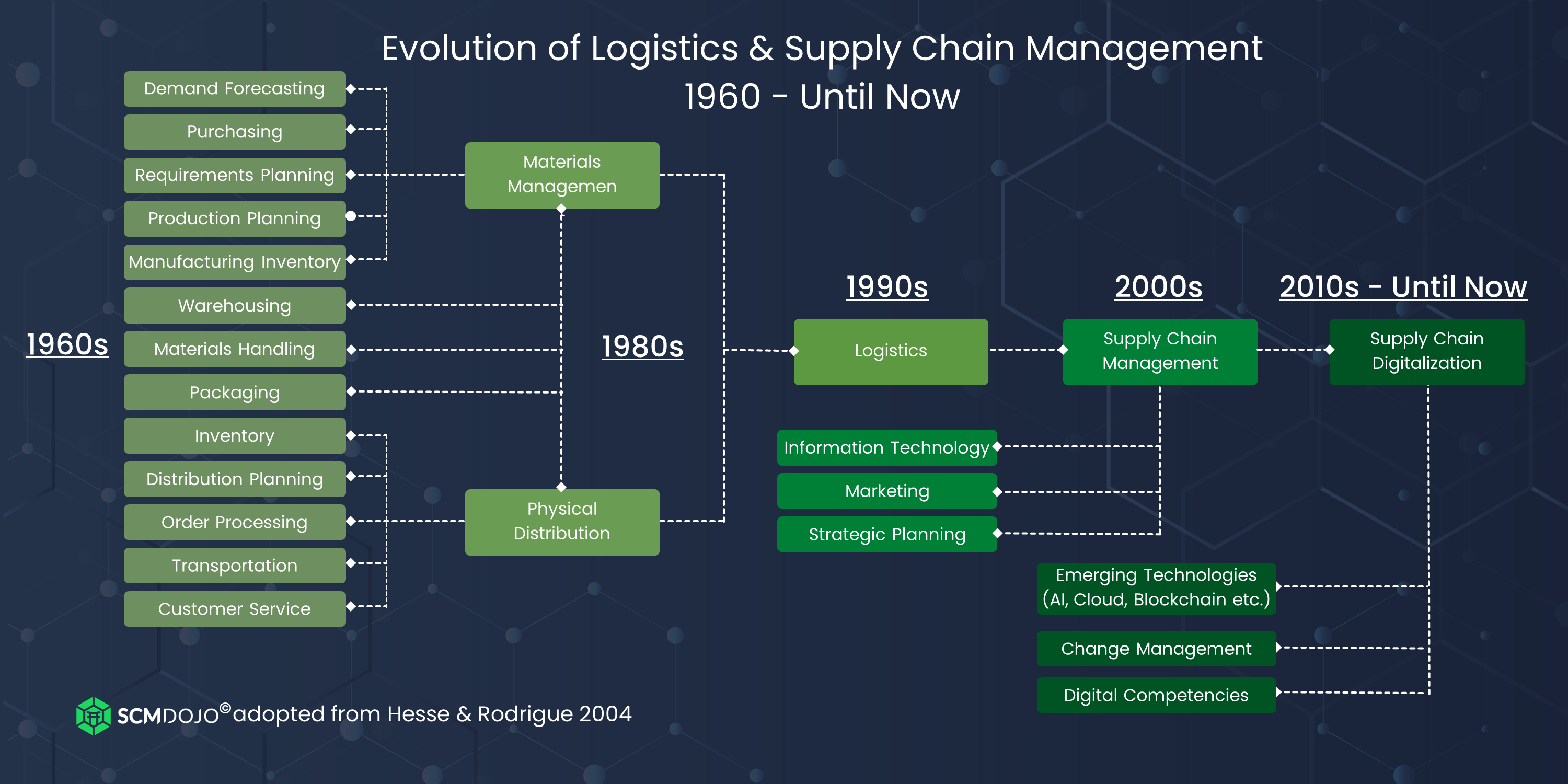Embracing the Digital Shift: E-Commerce Supply Chain Evolution
In the fast-paced world of e-commerce, the supply chain plays a crucial role in ensuring that products are delivered to customers in a timely and efficient manner. With the rise of online shopping, businesses are constantly adapting their supply chain strategies to keep up with the changing demands of consumers. From warehouses to clicks, the face of supply chain management in e-commerce is evolving at a rapid pace.
Gone are the days of traditional brick-and-mortar stores being the primary means of shopping. Today, more and more consumers are turning to online retailers for their shopping needs. This shift in consumer behavior has forced businesses to rethink their supply chain strategies in order to meet the demands of this new digital marketplace.
One of the key aspects of this evolution is the move towards a more digital and tech-driven supply chain. With the advent of new technologies such as artificial intelligence, machine learning, and big data analytics, businesses are able to optimize their supply chain operations like never before. These technologies allow companies to track and analyze data in real-time, enabling them to make quicker and more informed decisions when it comes to inventory management, logistics, and customer service.
Another important aspect of the changing face of supply chain strategies in e-commerce is the shift towards a more customer-centric approach. In the past, supply chain management was primarily focused on efficiency and cost-effectiveness. However, with the rise of e-commerce, businesses are now placing a greater emphasis on providing a seamless and personalized shopping experience for their customers.

Image Source: scmdojo.com
This shift towards a customer-centric approach has led to the rise of innovative delivery options such as click-and-deliver services. With click-and-deliver, customers are able to place an order online and have it delivered to their doorstep in a matter of hours. This not only provides convenience for the customer but also helps businesses differentiate themselves in a crowded marketplace.
In order to successfully embrace this digital shift in supply chain management, businesses must be willing to adapt and invest in new technologies and processes. This may involve reimagining traditional supply chain models, integrating new software solutions, and training employees to use these tools effectively. By embracing the digital shift, businesses can stay ahead of the curve and meet the evolving needs of today’s online shoppers.
Overall, the changing face of supply chain strategies in e-commerce represents an exciting opportunity for businesses to innovate and improve their operations. By embracing new technologies, adopting a customer-centric approach, and exploring innovative delivery options, companies can set themselves apart in a competitive marketplace. As the e-commerce landscape continues to evolve, businesses that are willing to adapt and embrace change will be best positioned for success in the digital age.
Say Goodbye to Warehouses, Hello to Seamless Click-and-Deliver
In today’s fast-paced world of e-commerce, the traditional model of warehouses and brick-and-mortar stores is quickly becoming a thing of the past. With the rise of online shopping and the convenience of click-and-deliver services, supply chain strategies are evolving to meet the changing demands of consumers.
Gone are the days of crowded warehouses filled with inventory waiting to be shipped to stores. Instead, companies are now focusing on streamlining their operations to offer a seamless click-and-deliver experience for customers. This shift in strategy has revolutionized the way goods are stored, picked, packed, and delivered to consumers.
One of the key advantages of moving away from traditional warehouses is the ability to offer faster delivery times. With goods stored in smaller fulfillment centers located closer to major population centers, companies can now offer same-day or next-day delivery options to customers. This not only improves customer satisfaction but also helps companies stay competitive in the rapidly growing world of e-commerce.
Another benefit of saying goodbye to warehouses is the reduction in overhead costs. By utilizing smaller fulfillment centers and implementing automated systems for picking and packing orders, companies can reduce labor costs and improve efficiency. This allows companies to focus on providing a better customer experience while saving money on operational expenses.
The shift towards click-and-deliver services has also led to a greater focus on technology in the supply chain. Companies are now investing in advanced tracking and logistics systems to ensure that orders are delivered accurately and on time. This not only improves the overall customer experience but also helps companies better manage their inventory and reduce the risk of overstocking.
Furthermore, the move away from warehouses has allowed companies to adopt a more sustainable approach to their supply chain. By reducing the need for large warehouses and optimizing their fulfillment processes, companies can minimize their carbon footprint and contribute to a greener environment. This focus on sustainability is not only good for the planet but also resonates with eco-conscious consumers who are increasingly looking for environmentally friendly shopping options.
Overall, the shift from warehouses to click-and-deliver services represents a significant evolution in supply chain strategies in e-commerce. By embracing the digital shift and focusing on providing a seamless customer experience, companies are able to stay ahead of the competition and meet the changing demands of consumers. As technology continues to advance and consumer preferences evolve, it will be interesting to see how supply chain strategies in e-commerce continue to adapt to meet the needs of a growing online market.
The Evolution of Supply Chain Strategies in the E-Commerce Era